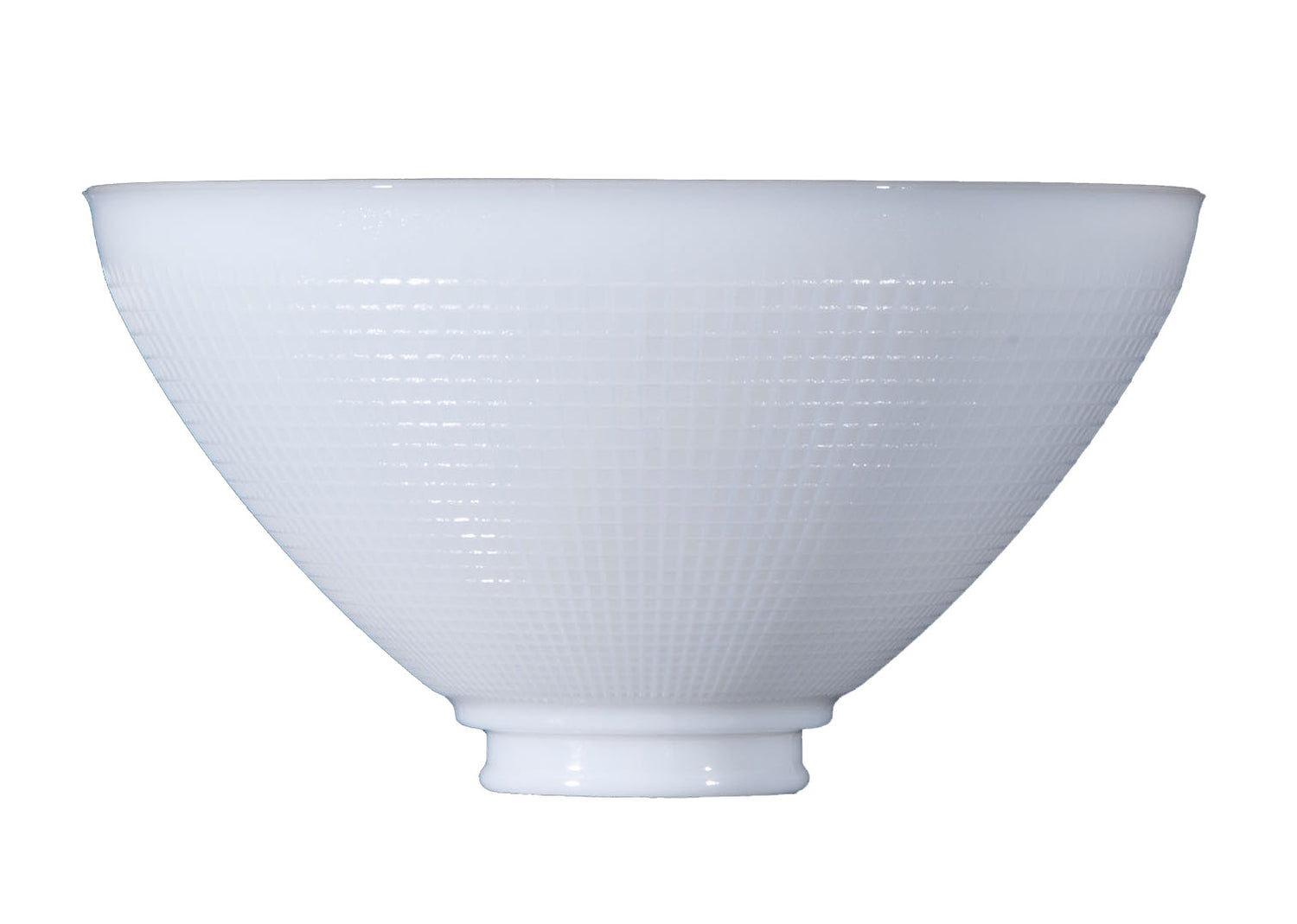How Stained Glass Lampshades Are Made
Louis Comfort Tiffany is, perhaps, one of the most celebrated artists of the Art Nouveau movement. Before he became the Tiffany we all know and admire today, he worked with colored glass and designed many stained-glass windows for churches. After forming the Louis Comfort Tiffany and Associated American Artists firm, Tiffany was commissioned to design the Mark Twain House in Hartford, Connecticut and the White House in Washington D.C. Tiffany dismantled the firm several years later, so he could establish his own glassmaking company.
All lampshades made by Tiffany are entirely handcrafted. You should carefully assess the form of the lampshade to determine whether it's cone- or globe-shaped. Authentic Tiffany lampshades will have looser shapes than those of a reproduction. According to lamp experts, solid glass does not rattle. Rattling will usually indicate that a lamp is forged. You should also inspect the glass for several reasons. These leaded-glass lampshades are beloved for their vibrant color schemes and variety of textures. Contrary to popular belief, Louis Comfort Tiffany was not the main designer at all. Instead, Clara Driscoll of the Women's Glass Cutting Department at Tiffany's Studios, was incidentally responsible for producing the most creative and valuable lamps in the entire collection.
Tiffany lampshades frequently depict plants and flowers. When Thomas Edison invented the light bulb in 1879, Tiffany was inspired to make a new kind of shade that would diffuse and refract light in interesting ways. Tiffany lamps were made from many pieces of colored stained glass that are soldered together to make butterflies, dragonflies, flowers, and other abstract designs. Mission lamps were also popular and reminiscent of the Arts and Crafts movement.
How Are Stained-Glass Lampshades Made?
Tiffany began making glass with many of the same tools and ingredients that had been used by talented artisans for millennia. Regular glass requires silica or sand, potash or soda, and lime. As a mixture, these ingredients form a batch for glassmaking. Colored glass is made by adding metallic oxides or ready-made forms of glass. Lampshades were made in a variety of ways. Confetti glass is made by pouring molten glass on top of pieces of colored glass. Alternatively, artists would sprinkle pieces of colored glass into hot glass. Some glass pieces were cast in molds, while others were rolled out onto flat surfaces and manipulated.
Tiffany lamp shades are known for their cloth-like effect. To achieve such drapery, artisans used hand tools to move and twist the hot glass into folds. Most leaded-glass lampshade designs began with a draft of the lamp design on paper. The color sketch was then copied using pencil, watercolor, and paint onto a plaster form in the shape of the lampshade. As a three-dimensional object, the shade could finally be inscribed on a wooden form. Wooden models were carved, covered in glue, and layered with paper or linen. The design was then transferred onto paper or linen. Each drawn line represented a small piece of stained glass. When the design was complete, the paper or linen layer was taken off the wooden model and trimmed along the selected lines so that it lay flat as a two-dimensional pattern.
Finally, artisans apply adhesive wax to the wooden model of the stained-glass lampshade. They pressed each glass piece onto the model according to exact specifications. Once the entire lampshade was assembled, the glass pieces were removed once again, edged with copper foil, and soldered back into place. In its final form, the lampshade was heated to melt remaining wax. Depending on the design, any metal trims were soldered to the bottom edges of the shade before attaching it to a classic bronze base.
How to Make Your Own Stained-Glass Lampshade
Designing such a stunning and fragile lampshade can seem daunting or difficult, but you can easily make your own Tiffany-style lamp right at home with a few glass working tools and the right supplies. There are a wide variety of molds, patterns, and instructions available to you. Styrofoam and fiberglass are two of the most common materials used to make lampshade molds. While Styrofoam molds are less expensive and available in an assortment of patterns, fiberglass molds are virtually indestructible and specialized for Tiffany reproductions. Once you pick a mold and design your pattern, you can shop for glass that complements the color scheme or theme you desire.
Stained-glass lamps are wonderful accent pieces that can add a sense of sophistication to any room.

